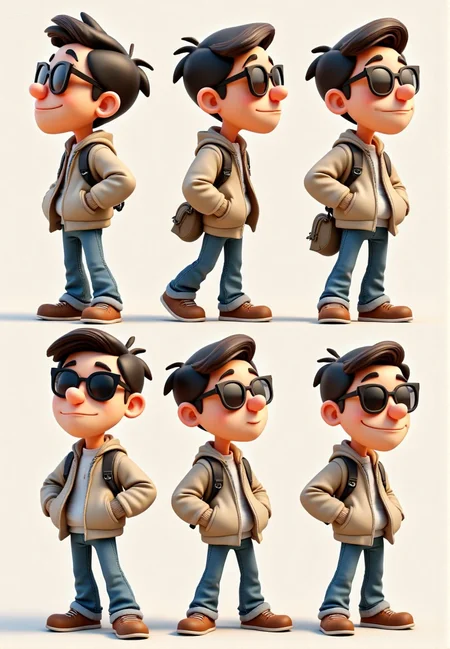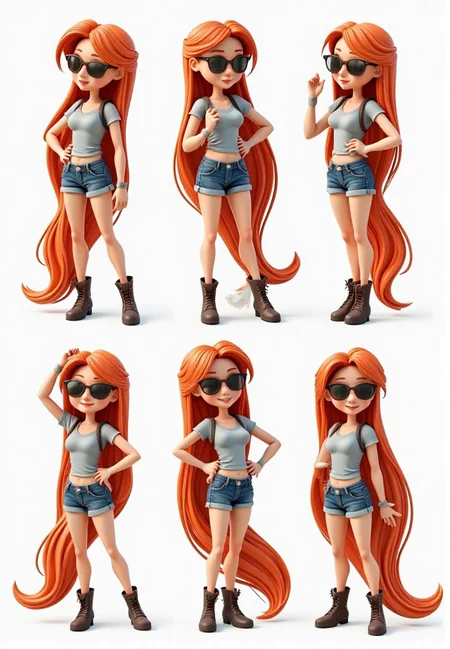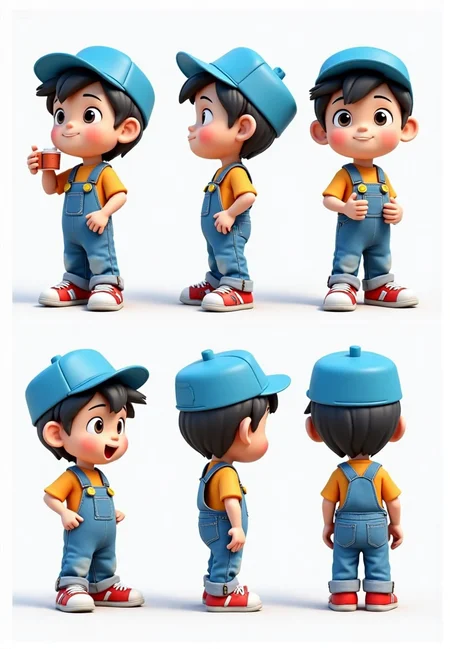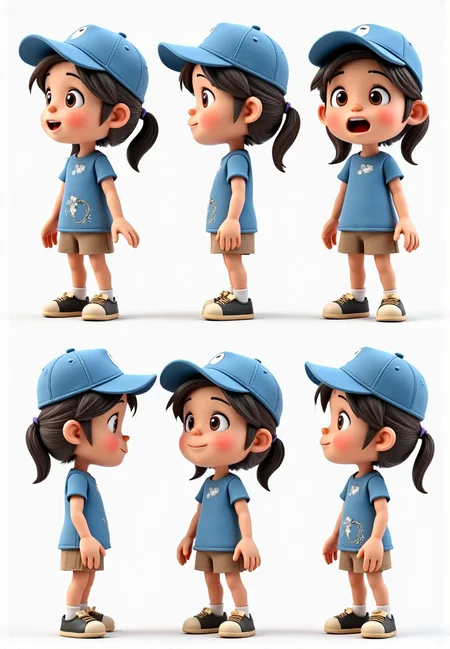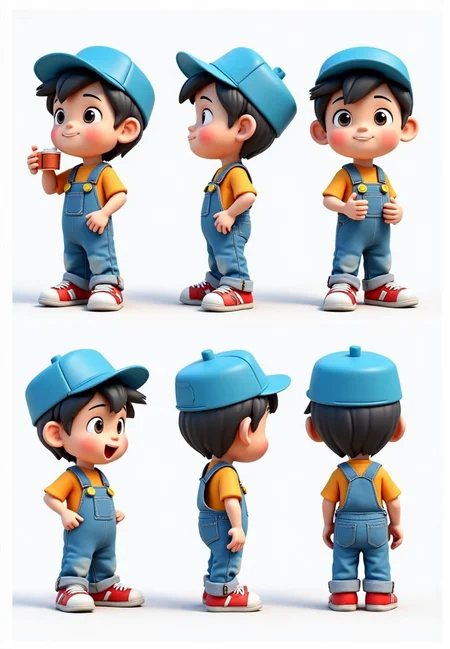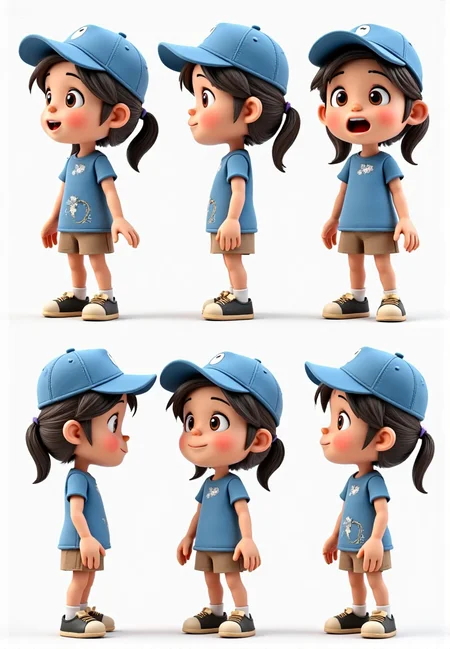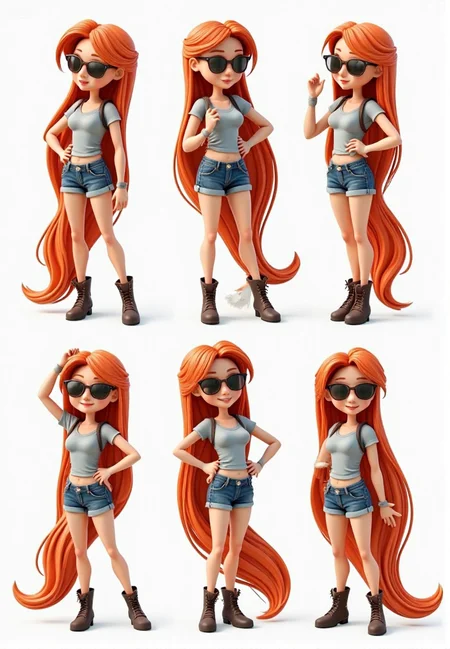The design process typically consists of three steps: first, defining the character's appearance, personality, and background settings through sketches (e.g., the horn details of a fantasy character or the mechanical components of a sci-fi character); second, building a polygonal model using 3D software (such as Blender or Maya) to determine the character's skeletal structure and proportions; finally, applying textures (e.g., the reflection of metal or the texture of fabric), adding lighting effects, and completing skeleton rigging to lay the foundation for subsequent animation production.
It not only needs to balance aesthetic expression (such as color matching and styling) but also align with project requirements (e.g., game characters require low-poly optimization to adapt to engines, while film and television characters demand high-detail restoration). It is a core link that combines technology and art.
